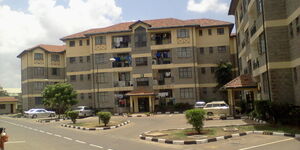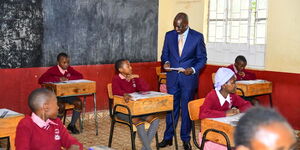Push-pull technology is an intercropping farming technique that keeps away pests while attracting pest-repellent crops such as desmodium to deter stemborers in cereal crops such as maize, sorghum, millet and rice.
With Kenya as a major consumer of cereals, farmers seek to produce enough food to meet the ever-growing population despite the country being majorly semi-arid.
Farmers also seek to solve various challenges in this quest, ranging from poor soil fertility, attack by pests and constrained production.
Planting Napier grass around the border of crops helps attract stemborers, which eventually get trapped, inhibiting their access to the main crops. These pests tend to attack crops while they are still young and in the process, destroy them before they mature.
Desmodium, a leguminous type of grass stimulates the growth of witchweed and then inhibits its growth. The desmodium and Napier grass are high-quality fodder crops to the dairy cows which is a double win for a farmer.
Moreover, it helps to control soil erosion, fixing nitrogen in the soil thereby improving soil fertility in turn increasing yields when intercropped with other plants such as maize. Through this, it reduces the use of nitrogen fertilisers.
The long-lasting nature of Napier grass and desmodium conserves the soil moisture improving the soil health and reducing the time a farmer would take to water their plants regularly.
Farmers are adopting the Push-Pull technology as it tends to deal with the challenges in a biological way rather than using expensive chemicals that contribute to environmental degradation.
This method has proved more economical and efficient for subsistence farmers who are the majority in Kenya.
In efforts to reduce land degradation caused by modern farming methods, farmers have hastened the adoption of Push-pull, as evidenced by improved farm results.
Excessive use of fertilizers, pesticides and herbicides has been a major setback towards achieving quality produce, with constant leaching of minerals after a long time of use.
For over 20 years the International Centre of Insect Physiology and Ecology (ICIPE) and Rothamsted Research, United Kingdom developed and implemented the Push-Pull technology with continued research to improve the technology.
ICIPE has partnered up with governments, community-based organizations and private stakeholders in a bid to promote small-scale farmers in Kenya and sub-Saharan Africa.












